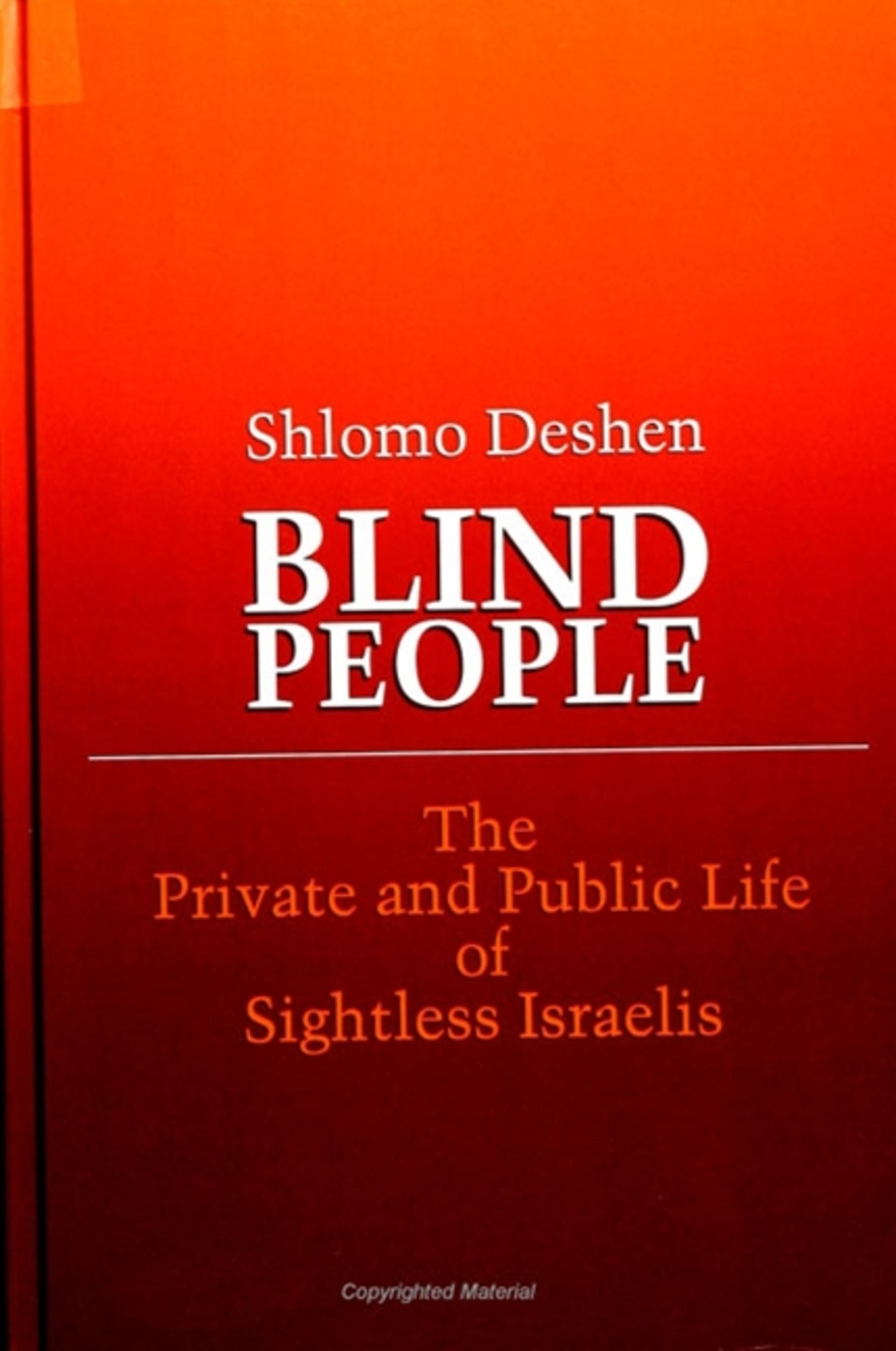We're sorry. An error has occurred
Please cancel or retry.
Blind People

Some error occured while loading the Quick View. Please close the Quick View and try reloading the page.
Couldn't load pickup availability
- Format:
-
18 August 1992

Blind People approaches disability from a fresh perspective: people with an unusual body are conceived of relativistically as a variant of humanity, much the way anthropology approaches people of different culture. While deeply empathic to its subject matter, Blind People raises questions that anthropologists ask routinely, but which are commonly avoided in everyday life because they touch on sensitive matters. Based on fieldwork in Israel, the book constitutes an ethnography of blind Israelis. It starts by focusing on intimate issues of the management of the sightless body, goes on to discuss the role of the blind person in the domestic setting, and moves to issues of how the blind person strives to attain material requirements. Finally, the book relates the way blind people cope with problems of associating with both blind and sighted people in arenas of leisure activity and public affairs. Deshen's book aims to present a truthful, dignified, fully human depiction, in the tradition of socio-cultural anthropology.


"This book provides an extraordinary look into the lives of sightless people. It is both a deeply moving account of the difficulties and contradictions with which sightless people struggle while at the same time showing how the lives of such people are produced by a certain constellation of cultural and social factors. Deshen has done a superb job of depicting in rich ethnographic detail the experience of being sightless while at the same time making an important theoretical contribution to the anthropology of disability. He shows in numerous and detailed ways how culture and the role of symbolization shape the experience of sightless people. His discussions range from the sightless person's decision to use a cane to the ways in which sightless people are incorporated into wider social networks and institutions." — Howard Eilberg-Schwartz, Stanford University
Acknowledgments
1. Introduction: The Field, the Questions and the Researcher
Part I: The Body
2. The Use of the Senses
3. The Use of Guide Dogs and Long Canes
Part II: The Domestic Circle
4. Coming of Age
5. Raising Sighted Children
Part III: Reaching for Material Needs
6. Seeking Employment
7. The Work Experience
8. The Experience of Support I: The Blindness System
9. The Experience of Support II: Living with the System
Part IV: Reaching for Fulfillment: Friendship, Dignity, Integration
10. The Dilemma of Association among Blind People
11. The Alternative of Ethnicity
12. The Alternative of Citizenship
13. The Dilemma of Integration among the Sighted
14. Conclusion: From Etlmography of Blindness to Anthropology of Disability
Notes
References
Index



